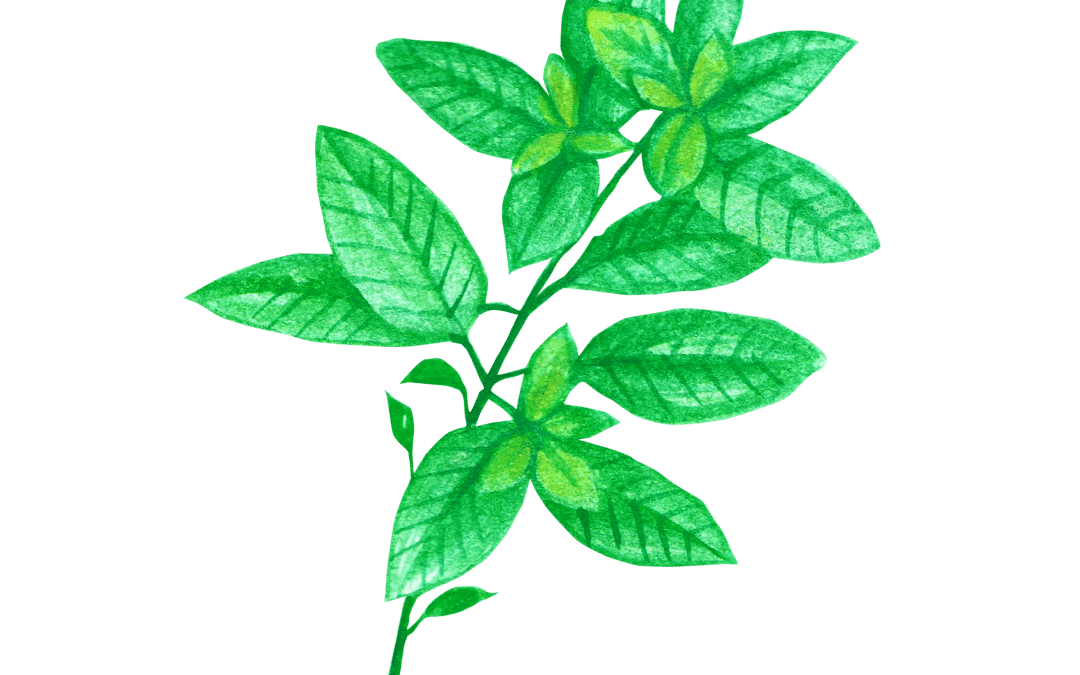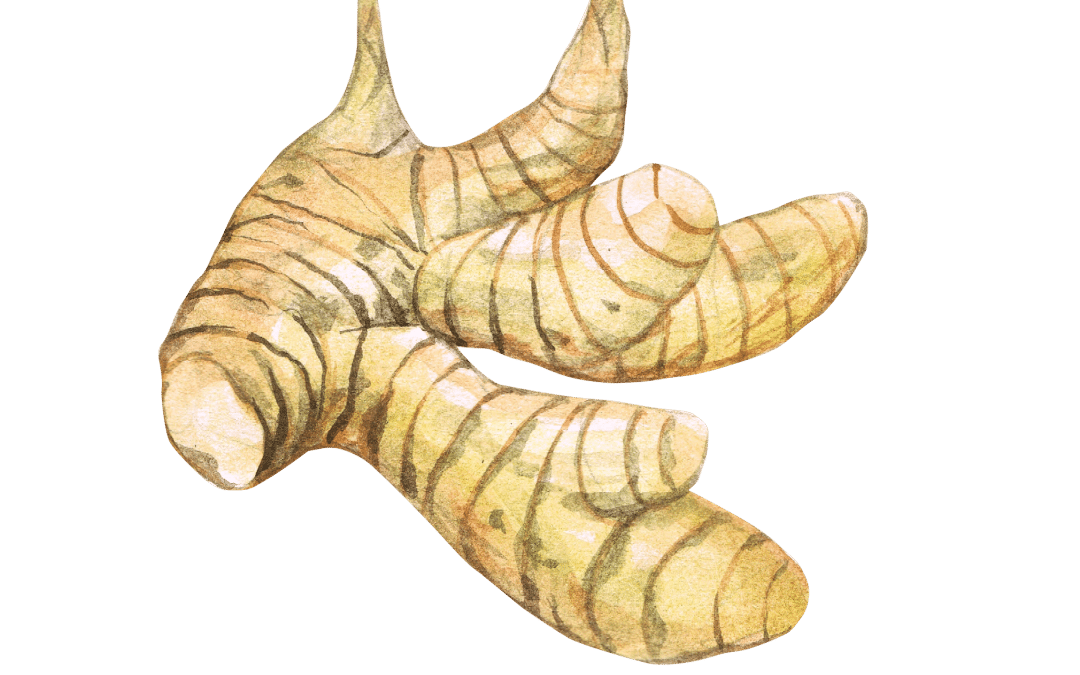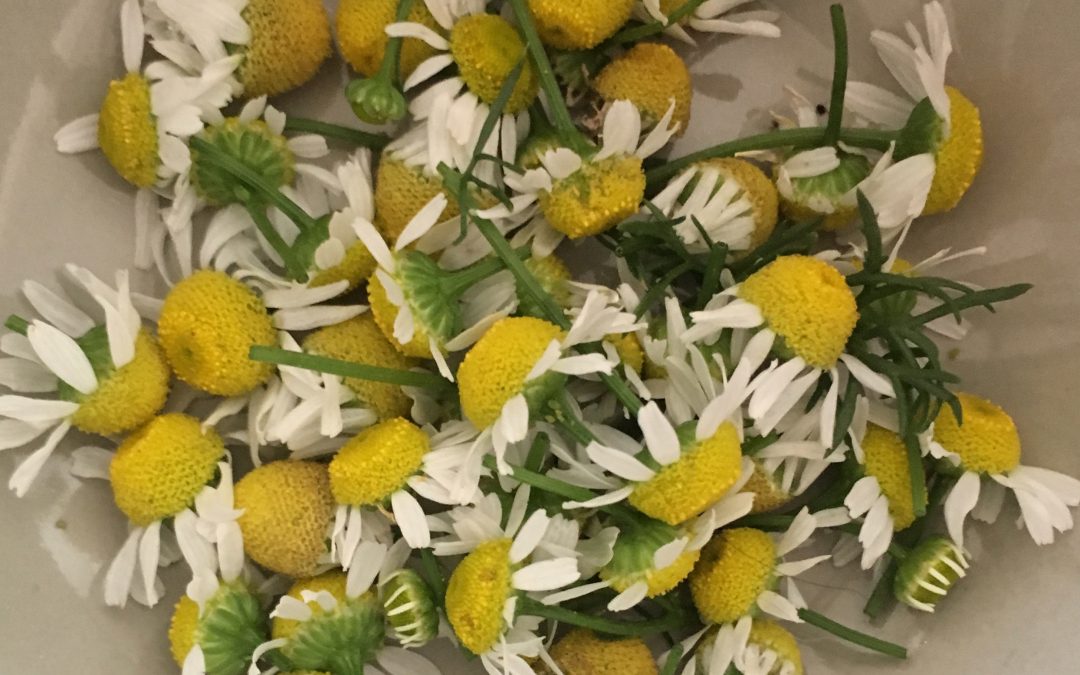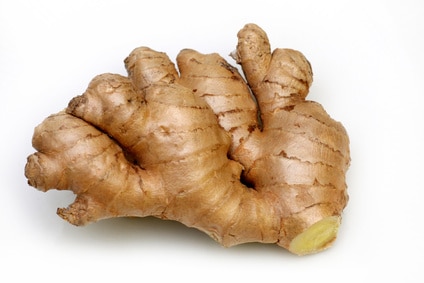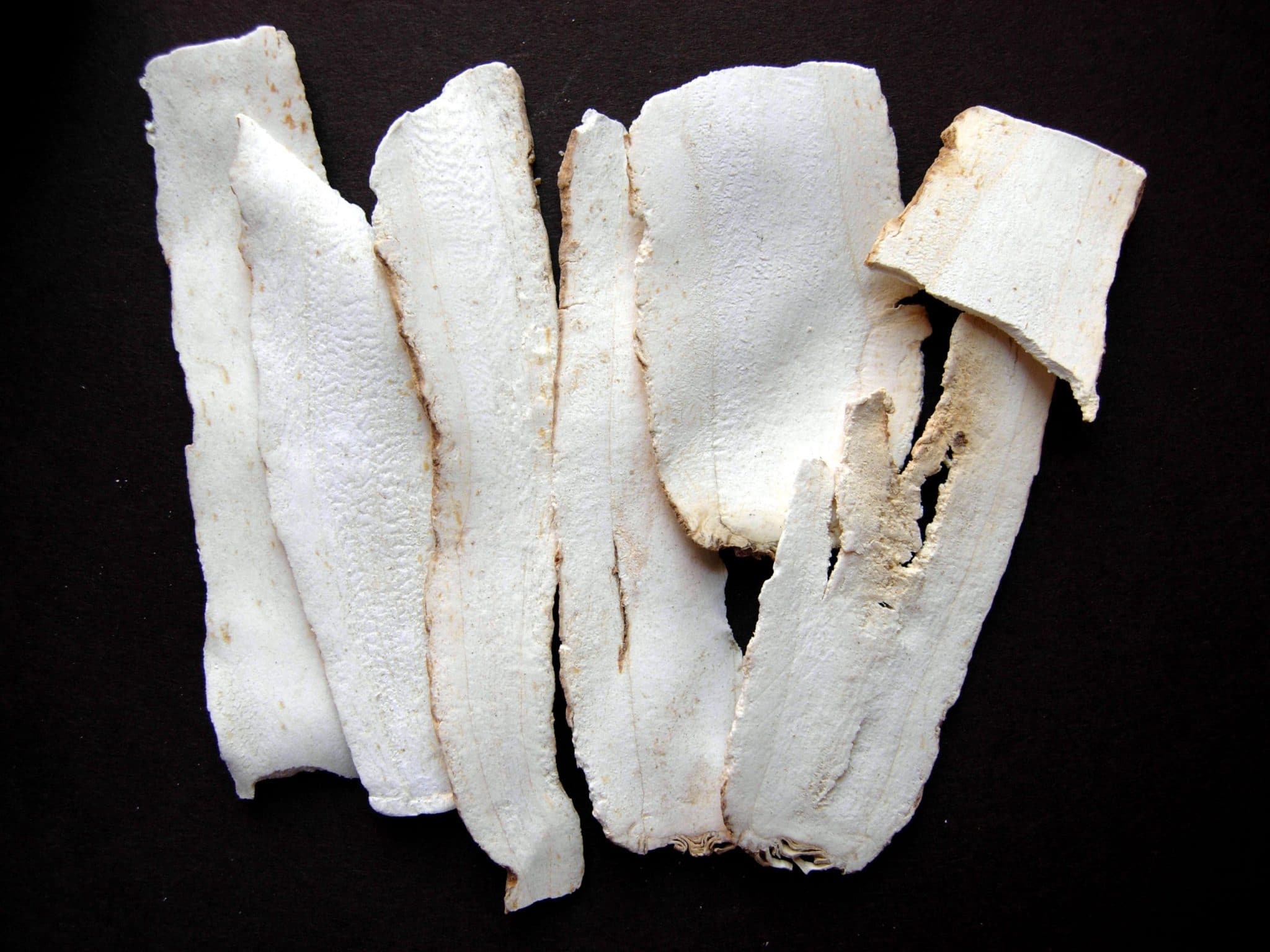Megan and I first began working together when I was still in acupuncture school and working as an intern in the student clinic. Over the years, we had the chance to work together on a number of issues- digestion, support while trying to conceive, and...


